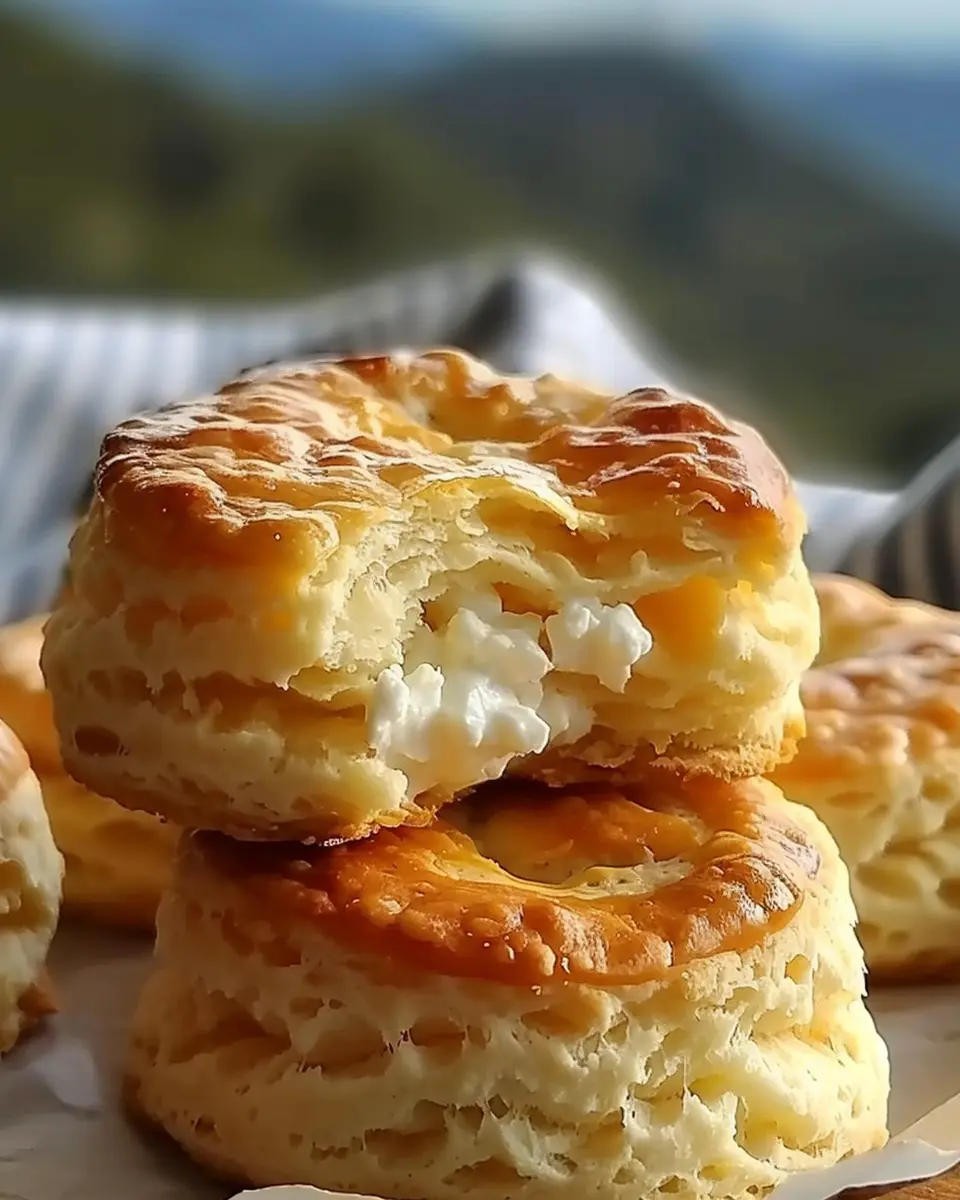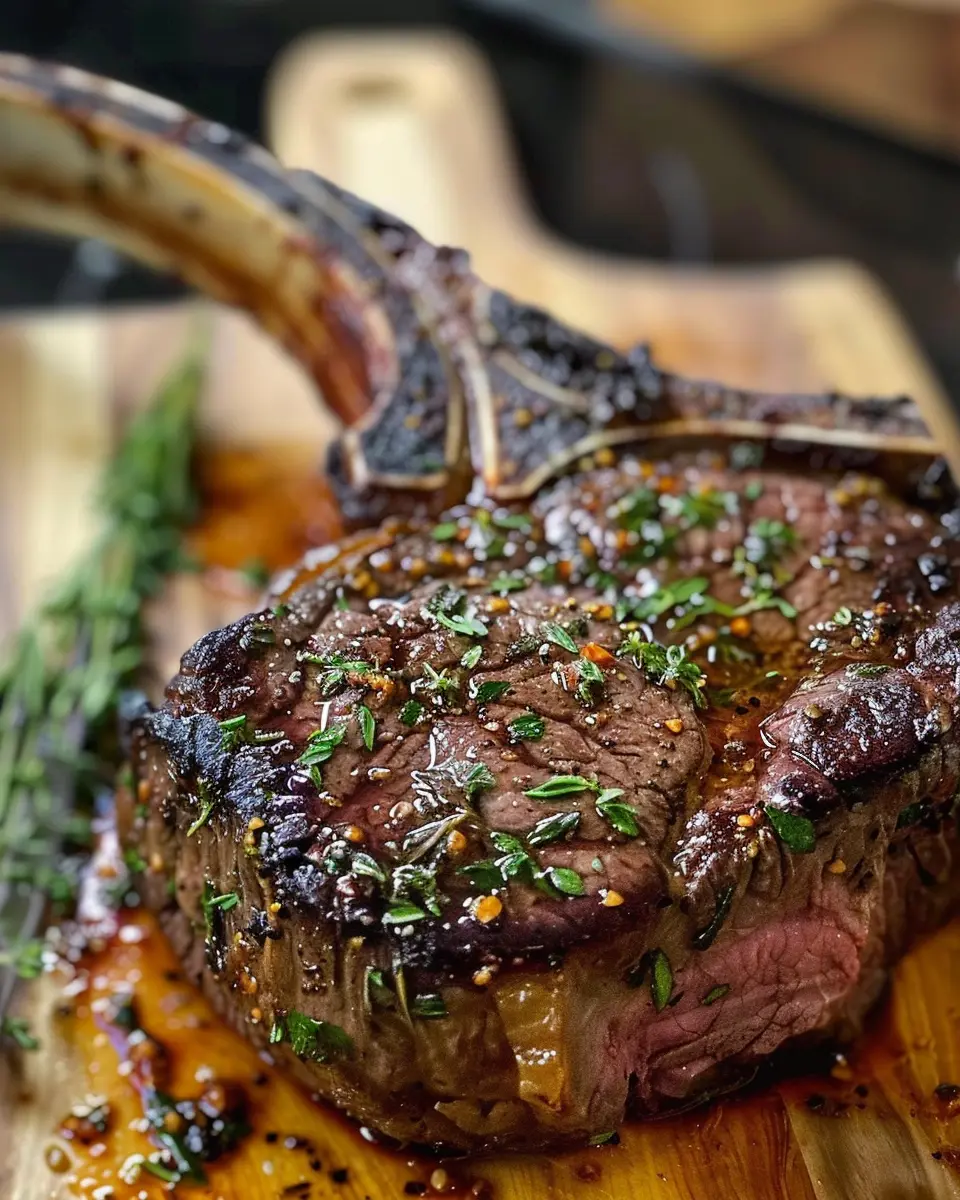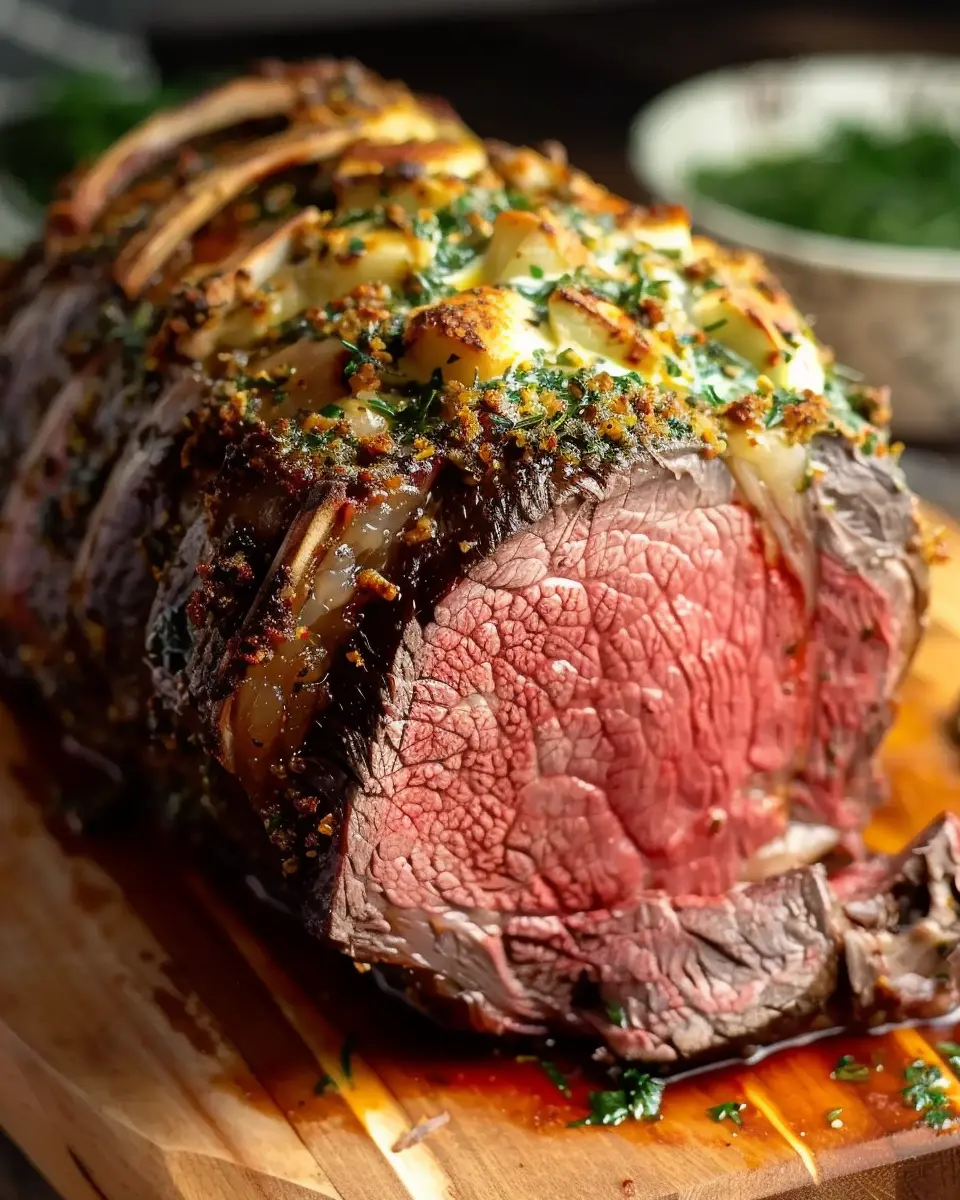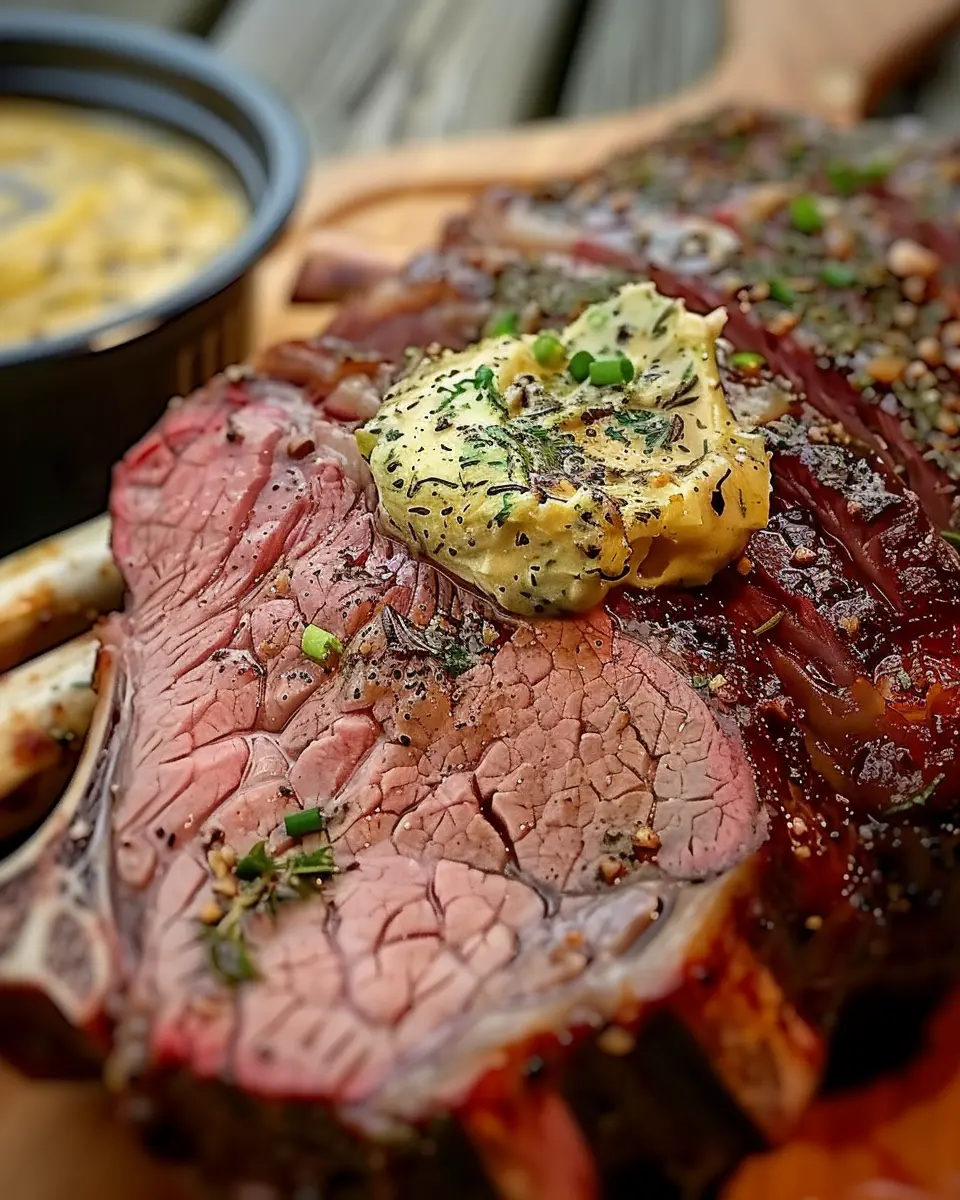Introduction to Baking Soda and Vinegar Fireworks
Welcome to the exciting world of home science experiments! Today, we’ll dive into the captivating phenomenon of baking soda and vinegar fireworks. If you’re looking to add a splash of excitement to your next gathering or simply want to ignite your inner scientist, you’re in for a treat.
The magic of chemistry in your kitchen
Have you ever wondered what makes baking soda and vinegar such a popular combination for experiments? It all boils down to a fun little reaction that takes place when these two ingredients meet. When combined, sodium bicarbonate (baking soda) reacts with acetic acid (vinegar) to produce carbon dioxide gas. This rapid release of gas creates numerous tiny bubbles, leading to the delightful explosion effect that mimics fireworks.
But it’s not just about the fun; there’s actual chemistry behind this! According to the American Chemical Society, this reaction helps teach essential scientific principles, including gas production and acid-base reactions (ACS.org). These experiments not only introduce the wonders of chemistry but also serve as a hands-on learning experience, perfect for both kids and adults alike.
Here’s what you’ll need to get started:
- Baking soda
- Vinegar
- A funnel (or any container for easier pouring)
- Food coloring (optional for a colorful display)
- A small container or bottle
As you embark on this adventure, don’t forget safety first. Even though this is a relatively harmless experiment, it’s a good idea to wear protective eyewear to protect your eyes from any spills.
Why choose baking soda and vinegar fireworks?
Aside from the sheer joy of watching the fizz and pop, this experiment is low-cost and easy to clean up. Plus, it’s an engaging way to introduce friends or family to the basics of chemistry without the intimidating lab coat! It gives everyone a reason to gather around and marvel at the simple wonders of science.
So, are you ready to create your own baking soda and vinegar fireworks? Let’s get those ingredients ready and prepare for a fun-filled experiment that will delight everyone involved!
Ingredients for Baking Soda and Vinegar Fireworks
To create your own mini-display of baking soda and vinegar fireworks, you’ll need just a few household items. It’s an exciting experiment that’s simple enough for both a fun weekend project or an educational activity if you have children around.
Essential ingredients for your mini fireworks show
Here’s a quick breakdown of what you’ll need for this explosive endeavor:
-
Baking Soda: This will be your primary ingredient and is responsible for that astonishing fizz. Aim for a couple of tablespoons for each reaction.
-
Vinegar: White vinegar works best for this project due to its acidity. You’ll want about half a cup to create a dramatic eruption.
-
Food Coloring: While optional, adding a few drops of food coloring can really jazz up your baking soda and vinegar fireworks display. Choose vibrant colors like red, blue, or green!
-
Container: Grab some small cups or containers to mix your ingredients. Slightly larger vessels will amplify the eruption effect.
-
Protection Gear: Safety first! Some goggles can be a fun addition, especially for kids, to keep the reaction’s excitement safe.
This DIY project not only brings a splash of creativity to your home but also offers a fantastic opportunity to learn about chemical reactions. Want more ideas? Check out Science Buddies for insights into similar fun experiments!
Step-by-step Preparation for Baking Soda and Vinegar Fireworks
Baking soda and vinegar fireworks are not just a delightful science experiment; they’re also a fantastic way to add some pizzazz to your gatherings or family time. It’s engaging, amusing, and—let’s be honest—who doesn’t love a little fizzy excitement? Here’s a step-by-step guide to ensure your baking soda and vinegar fireworks are a spectacular success.
Create a Fun and Safe Workspace
Before diving into the bubbly action, set the stage for your creations. Ensure you’re working in an area that’s safe from spills—preferably outside or in a kitchen where cleanup is a breeze. Gather your supplies:
- Baking soda
- Vinegar
- Food coloring
- Optional glitter or sparkle for an extra flair
- Containers (like small cups or clear jars)
- A tray to catch any overflow
Why is a tidy workspace important? It keeps you focused on the fun and mitigates any cleanup stress later. Plus, it allows for easy movement, especially during the fizz-tastic reactions!
Measure Out the Baking Soda
With your workspace prepared, it’s time to measure and add your baking soda. For each reaction, around two tablespoons of baking soda is typically a great start.
- Why baking soda? It’s a natural alkaline substance that reacts beautifully with vinegar, ensuring that your baking soda and vinegar fireworks will dazzle with fizzy excitement.
Add the baking soda to each of your containers, keeping in mind the number of reactions you want. If you’re doing this with kids, this measuring step can be a fun lesson in measurement and science!
Add Your Vibrant Food Coloring
Now for the colorful part! Add a few drops of vibrant food coloring to each container. This step is where you can truly let your creativity shine.
- Use different colors: Red for fire, blue for the ocean, or green for a whimsical forest! Mixing colors can also create spectacular new shades in your fizz.
Don’t be shy—experiment with vibrant combinations. Imagine a swirling rainbow of effervescence!
Optional – Sprinkle Some Sparkle
If you want to take your baking soda and vinegar fireworks to the next level, consider adding a dash of edible glitter or sparkly sprinkles on top of your mixture. This optional step not only adds visual appeal but enhances the festive atmosphere.
- Pro-tip: Be careful not to overdo the sparkle; a little goes a long way!
Generate the Fizzy Reaction
Here comes the exhilarating part! Grab your vinegar (about half a cup per reaction), and pour it slowly into each container with baking soda. Step back and enjoy the fizzing eruption!
- Why is this exciting? The chemical reaction between the acid (vinegar) and the base (baking soda) produces carbon dioxide gas, which creates those exciting bubbles and eruptions.
Let your family or friends observe how the reaction changes based on the quantity of vinegar and baking soda used. It’s a great moment for learning!
Experiment and Repeat the Fun
The beauty of baking soda and vinegar fireworks is that you can keep experimenting. Try varying the amounts of baking soda or vinegar to see how the reaction changes.
- Have you tried mixing different food colors together?
- What about stacking the reactions?
You could layer multiple colors and see how they blend, creating a flowing, colorful fountain. Each experiment can lead to new discoveries, keeping the fun going.
To dive deeper into the science behind this reaction, check resources like the American Chemical Society for engaging educational content.
Your journey into the world of baking soda and vinegar fireworks can ignite the imagination and inspire creativity. Now go ahead, unleash your inner scientist, and most importantly—have fun!
Variations on Baking Soda and Vinegar Fireworks
Creating fun baking soda and vinegar fireworks can get even more exciting with a few variations that spice up your experiment. Let’s discuss how to elevate your reaction with a splash of creativity!
Experiment with Food Colors
Why stick to plain old white when you can brighten up your explosions? By adding different colored food dyes, you can create a spectrum of visual delights. Simply add a few drops of food coloring to your vinegar before pouring it over the baking soda. When the reaction occurs, you’ll see vibrant hues burst forth! Imagine hosting a gathering where your guests are treated to a colorful fireworks display—what an instant crowd-pleaser!
Go Big with Larger Setups
For those who are ready to take their baking soda and vinegar fireworks to the next level, consider setting up a larger reaction! Use bigger containers or even buckets filled with more baking soda and vinegar. Just remember: larger quantities mean bigger messes, so choose your location wisely (perhaps outside or on a ready-to-clean surface!). This is a fantastic way to entertain friends at a backyard barbecue or a children’s party. Just imagine the delighted gasps when they see the reaction unfold!
For more scientific explorations and fun projects, check out resources like Science Buddies and Education.com. They provide excellent ideas for igniting curiosity and sparking creativity with simple ingredients!
Experimenting can lead to wonderful surprises and unforgettable moments. What are you waiting for? Give these variations a try and watch your baking soda and vinegar fireworks shine even brighter!
Cooking Tips and Notes for Baking Soda and Vinegar Fireworks
Safety Tips to Keep in Mind
When embarking on your baking soda and vinegar fireworks adventure, safety should always come first. Here are some essential tips:
- Protective Gear: Consider wearing safety goggles to protect your eyes from any splashes.
- Ventilation: Conduct your experiment in a well-ventilated area to disperse any odors quickly.
- Supervision: If kids are involved, make sure an adult is present to supervise and guide them through the fun.
Creative Ways to Expand the Experiment
Once you’ve mastered the basics of baking soda and vinegar fireworks, why not take it to the next level? Here are a few ideas to spark your creativity:
- Color Experiment: Add a few drops of food coloring to your vinegar for a colorful explosion. Experiment with different colors for a vibrant display!
- Different Containers: Try using various containers or even balloons to see how the reaction changes based on surface area or shape.
- Change the Ratio: Experiment with different ratios of baking soda to vinegar. A higher ratio might produce a more vigorous reaction, leading to an even more exciting show.
For further inspiration, check out this educational resource on chemical reactions. Happy experimenting!
Serving Suggestions for Baking Soda and Vinegar Fireworks
Perfect for Parties and Gatherings
If you’re planning a get-together, baking soda and vinegar fireworks can be an exciting highlight! Set up a demonstration as an interactive showstopper. Simply prepare the ingredients in clear containers, and watch your guests’ faces light up as they see the fizzing action. It’s a fun way to engage everyone. Consider providing festive straws or small cups for them to taste the fizzy concoctions afterward—perfect as a refreshing non-alcoholic drink alternative.
Use as an Educational Activity
Beyond parties, baking soda and vinegar fireworks offer a fantastic opportunity for a hands-on educational experience. Engage younger guests or even your peers by explaining the science behind this explosive reaction. The concept of acid-base reactions can be fascinating! You can use resources like Khan Academy to supplement your discussion, ensuring everyone leaves with new knowledge, not just memories of a great time.
By integrating fun and education seamlessly, your gathering will truly stand out!
Time Breakdown for Baking Soda and Vinegar Fireworks
Preparation time
Getting ready for your baking soda and vinegar fireworks doesn’t take long at all—about 10 minutes should do the trick! Gather your materials, which typically include baking soda, vinegar, a container, and food coloring if you want to add a visual flair. Some online guides provide useful tips on which containers can enhance the fireworks effect (like these creative ideas here). Prepare your work area, and you’ll be ready for the fun.
Reaction time
The most exciting part? The reaction itself is instantaneous! Once you mix the baking soda with vinegar, you won’t have to wait to see the fizzing reaction, which can last about 1-2 minutes. It’s a thrilling moment akin to a mini-explosion, and trust me, you’ll want to capture it on camera!
Total activity time
Including both preparation and reaction time, expect to spend roughly 15-20 minutes on your baking soda and vinegar fireworks activity. This makes it a perfect, quick science experiment for a fun evening! You can enjoy it solo or with friends, making memories—and a few delightful messes.
Nutritional Facts for Baking Soda and Vinegar Fireworks
Caloric Information
When you’re diving into the fun of baking soda and vinegar fireworks, you might be curious about the nutritional impact of your ingredients. The great news? Both baking soda and vinegar are extremely low in calories, practically negligible when it comes to caloric intake. They serve more as a playful chemistry project than a snack, which means you can enjoy this activity guilt-free.
Health Considerations
While you won’t be consuming the baking soda and vinegar fireworks, it’s worth noting a few health aspects. Baking soda can be high in sodium, so if you’re using it in food, moderation is key. For vinegar, especially apple cider vinegar, it’s often touted for its potential health benefits like aiding digestion and regulating blood sugar levels. However, it’s best to use it in moderation due to its acidity, which can irritate your throat if consumed in large amounts.
For more detailed information on the health aspects of these ingredients, you might check out resources like the Mayo Clinic on Baking Soda and Healthline on Vinegar.
FAQs about Baking Soda and Vinegar Fireworks
What are the best uses for baking soda and vinegar?
Baking soda and vinegar are a dynamic duo that can do wonders beyond just creating fireworks. They’re great for cleaning, deodorizing, and even cooking! Here are some of their best uses:
- Cleaning Agent: Vinegar coupled with baking soda can tackle stubborn stains and grease. It’s a natural way to freshen up your kitchen!
- Deodorizer: Sprinkle baking soda on carpets or in refrigerators to combat odors.
- Cooking: Use baking soda as a leavening agent in baked goods for a fluffy texture.
For a more in-depth look at their fun and practical applications, check out Good Housekeeping’s guide.
Can kids safely participate in this activity?
Absolutely! Baking soda and vinegar fireworks are perfect for engaging kids in science. This experiment is safe, easy, and enchanting to watch. However, it’s always wise to supervise younger kids:
- Spectacle Watch: Ensure they watch the reaction from a safe distance.
- Cleaning Prep: Cover the area with newspaper for easy cleanup and prepare to have some fun!
How can we enhance the experience further?
Elevate the excitement of your baking soda and vinegar fireworks with these tips:
- Colorful additions: Use food coloring to create a vibrant explosion!
- Different containers: Experiment with various containers to change the shape of the eruptions.
- Thematic events: Host a science night and combine this with other safe experiments to enrich the learning experience.
Remember, the joy in science comes not just from the activity itself, but from the questions it prompts! Why do you think the reaction happens? Exploring these answers can make the entire process even more engaging. For further insights, dive into The Science of Baking Soda.
Conclusion on Baking Soda and Vinegar Fireworks
As we wrap up our exciting adventure with baking soda and vinegar fireworks, let’s take a moment to appreciate the fun and educational benefits of this activity. Not only do we get to enjoy vibrant colors and thrilling fizz, but we also tap into the fascinating world of chemistry.
Recap the Fun and Educational Aspects
- Hands-on Learning: This experiment brilliantly illustrates an acid-base reaction, making science both accessible and enjoyable.
- Creative Exploration: You can personalize your fireworks with different colors and container shapes, ensuring every display is unique.
- Memorable Moments: Whether you share it with friends or family, these vibrant explosions create lasting memories—perfect for gatherings or quiet afternoons alike.
If you’re interested in further exploring at-home science projects, check out resources from the American Chemical Society, which offers a plethora of safe, engaging experiments for all ages. By embracing these baking soda and vinegar fireworks, not only do you spark joy and curiosity, but you also cultivate a love for science that’ll last a lifetime. Have fun experimenting!
Print
Baking Soda and Vinegar Fireworks: Fun and Easy Kitchen Science
- Prep Time: 5 minutes
- Total Time: 5 minutes
- Yield: 1 experiment 1x
- Category: Science Experiments
- Method: Mixing
Description
Experience the fun of science with this exciting baking soda and vinegar fireworks experiment. It’s easy to set up and provides great visual effects!
Ingredients
- 1/2 cup baking soda
- 1 cup vinegar
- 1 tablespoon food coloring
- 1 large bowl or container
- 1 tray for display
Instructions
- Begin by pouring the baking soda into the bowl.
- Add the food coloring to the vinegar.
- Slowly pour the vinegar mixture onto the baking soda.
- Watch the reaction create colorful ‘fireworks’!
- For an even bigger explosion, try adding more vinegar or baking soda in stages.
Notes
- For best results, perform the experiment outdoors or in a well-ventilated area.
- Wear safety goggles to protect your eyes from splashes.
Nutrition
- Serving Size: N/A
Keywords: Baking Soda and Vinegar Fireworks, kitchen science, kids experiments













